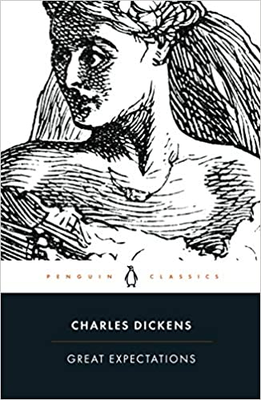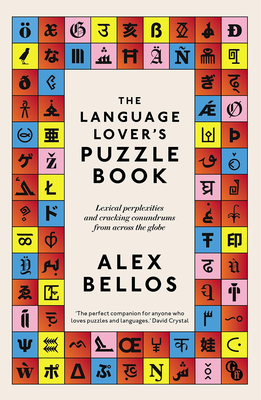
| Read Log, March-April 2021 | ||||
| By Tal Cohen | Sunday, 30 May 2021 | |||
 Two scenes in the book are worth mentioning as, perhaps, the earliest instances of very common tropes: First, in Chapter LIII, we find the villain talking too much before getting to business (in this case, Orlick to killing Pip), which in turn allows help to arrive in the nick of time. Unlike in James Bond movies, though, this scene actually includes an explanation: Orlick is talking while drinking, and he is drinking in order to build up the courage needed to carry on the act. (The website “TV Tropes” calls this Evil Gloating; its list of examples from literature has nothing earlier, but then again, it doesn’t include Great Expectations either.) The other trope is Abel Magwitch burning two money bills as a show-off of his wealth (Chapter XXXIX). Here, TV Tropes lists Dostoevsky’s The Idiot as an example from literature that’s almost as early, but was still published some eight years later.  Puzzle 99, “Hungarians in a Field,” is an extreme example of how some of the riddles are basically logic puzzles that can be solved with little or no knowledge in linguistics. Other puzzles are very different. Puzzle 33, “The Kings of Old Persia,” is an amazing true-story decipherment of ancient Persian cuneiform texts. Here’s the complete puzzle: 33. The Kings of Old Persia The following texts were discovered in the ruins at Persepolis, and date from somewhere between the sixth and fourth century BC. Each was carved above a figure on a doorway. Text 1: 𐎭 𐎠 𐎼 𐎹 𐎺 𐎢 𐏁 𐏐𐎧 𐏁 𐎠 𐎹 𐎰 𐎡 𐎹 𐏐 𐎺 𐏀 𐎼 𐎣 𐏐 𐎧 𐏁 𐎠 𐎹 𐎰 𐎡 𐎹 𐏐 𐎧 𐏁 𐎠 𐎹 𐎰 𐎡 𐎹 𐎠 𐎴 𐎠 𐎶 𐏐 𐎻 𐎡 𐏁 𐎫 𐎠 𐎿 𐎱 𐏃 𐎹 𐎠 𐏐 𐎱 𐎢 𐏂 Text 2: 𐎧 𐏁 𐎹 𐎠 𐎼 𐏁 𐎠 𐏐 𐎧 𐏁 𐎠 𐎹 𐎰 𐎡 𐎹 𐏐 𐎺 𐏀 𐎼 𐎣 𐏐 𐎧 𐏁 𐎠 𐎹 𐎰 𐎡 𐎹 𐏐 𐎧 𐏁 𐎠 𐎹 𐎰 𐎡 𐎹 𐎠 𐎴 𐎠 𐎫 𐏐 𐎭 𐎠 𐎼 𐎹 𐎺 𐏃 𐎢 𐏁 𐏐 𐎧 𐏁 𐎠 𐎹 𐎰 𐎡 𐎹 𐏃 𐎹 𐎠 𐏐 𐎱 𐎢 𐏂 Translate the inscriptions. In fairness, Bellos follows the puzzle immediately with, “You may have just burst out laughing at the difficulty of this problem.” And he then guides you to how, given some historic information provided previously (e.g., the dynasties of Cambyses and Hystaspes, and the common title format used in Persia, all of which were known to the researchers that deciphered the scripts), this can actually be solved. And it’s absolutely fascinating. I feel like I’ve learned so much from this book — that Tok Pisin (which I’ve never heard of before) is an amazing language, for example, or the history of the alphabets for the blind: Braille, the much-cooler New York Point, the minimalistic and elegant Japanese Braille, and more. If you enjoy linguistics, you will probably love this book.
| ||||